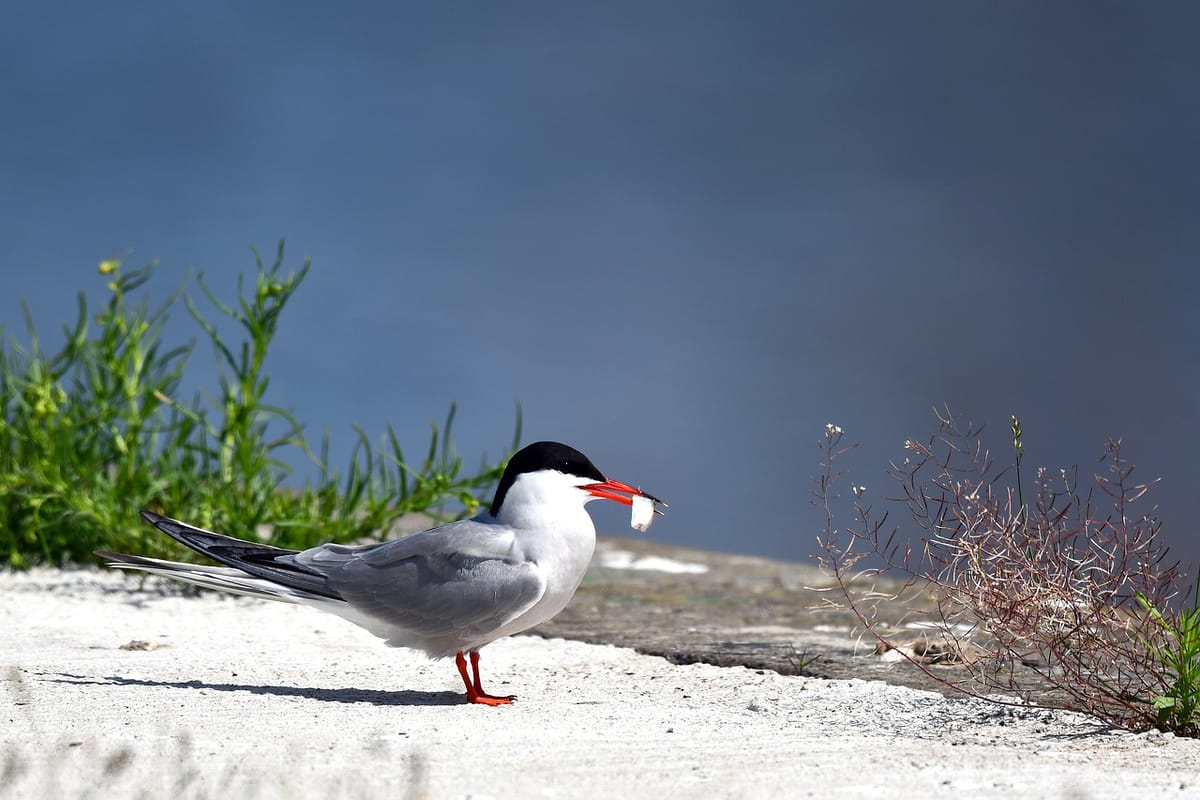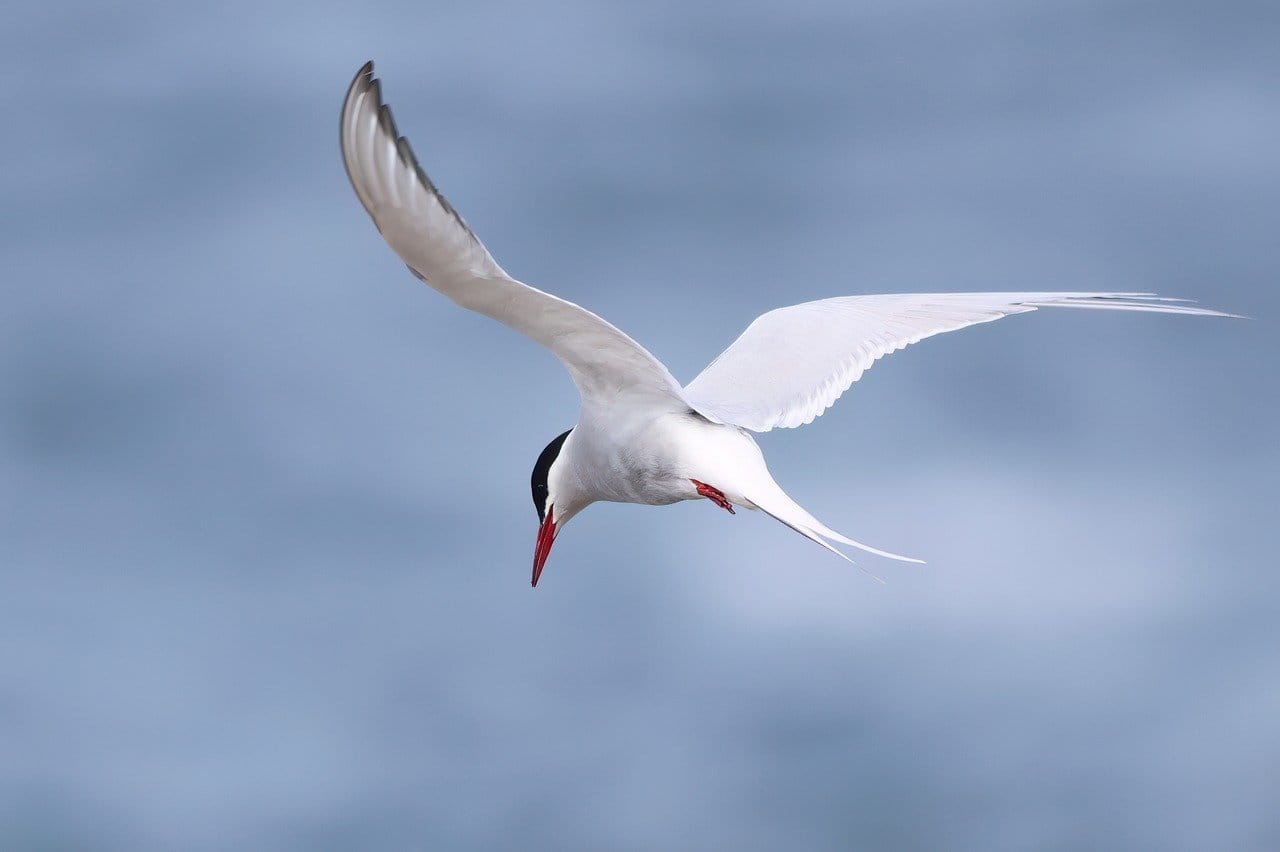The Arctic Tern: The World’s Most Daring Migrator

The Arctic tern might be small, but its life story is anything but ordinary. Imagine a bird that spends most of its life flying — not just across a region, but from one end of the Earth to the other, year after year. Covering a round-trip migration of roughly 30,000 kilometers annually, the Arctic tern holds the world record for the longest migration. And the reason? They’re chasing the sun! ☀️
Known scientifically as Sterna paradisaea, these determined travelers follow the summer, soaring from the Northern Hemisphere down to the Antarctic and back again. In the Arctic’s harsh, sunless winter, they escape to the warmer climes of the Antarctic, basking in nearly constant daylight during the Southern Hemisphere’s summer. It’s thought that Arctic terns enjoy more hours of sunlight than any other animal on the planet!
But such a long migration doesn’t come easy. To stay in perpetual summer, they have to fly vast distances over many months. And they don't always take a direct path! Arctic terns are known to veer off-course, sometimes zig-zagging across the oceans, which only adds to their already epic journey. Imagine flying thousands of extra miles just because you felt like exploring a bit — now that’s adventure spirit! 🌍✨
So, why would they embark on such an exhausting trip? The search for food and suitable nesting grounds are other big motivators. Winters in the Arctic make food hard to come by, so Arctic terns head south where food sources are more abundant. In a way, their migration is about more than just chasing the sun; it’s about survival.

When they reach the ocean, these daring little seabirds employ a technique called “plunge diving” to catch fish, insects, and shrimp. Although they love the water, Arctic terns aren’t great swimmers. Instead, they dive from about 30 meters high to snatch their meal from the surface — almost like a mini rollercoaster ride with every meal. Talk about living on the edge! 🐟
Part of a family of around 40 species of terns, Arctic terns are known for their longevity. These birds can live up to 30 years, with the record-holder reaching 34. Mating for life, they return each year to their remote Arctic breeding grounds, safe from many predators thanks to their isolated nesting sites. This remoteness, though beneficial for survival, also makes monitoring their population challenging.
Despite their hardy lifestyle, Arctic terns remain light and graceful, with adults sporting sleek gray or white bodies and a distinct black “cap” of feathers on top. During breeding season, their beaks and legs turn a striking red — though outside of the season, they switch back to black. And if you ever spot a group of them (known as a colony), listen closely: before they take off, they fall into an eerie silence, a behavior called “dread.”

Here’s a fun fact to end on: Arctic terns are such skilled gliders that they can sleep and eat while flying. They use wind patterns to coast, sometimes even hovering as they scan for food below. And thanks to these natural shortcuts, they can travel thousands of extra kilometers while barely flapping a wing!
So here’s to the Arctic tern, a bird that doesn’t just migrate but conquers the globe on its own terms.
Sincerely,
Blue 💙
Sources:
- To the Ends of the Earth. (n.d.). National Geographic
- Imbler, S. (2023, February 21). How a tern broke the record for the longest known migration. Audubon




